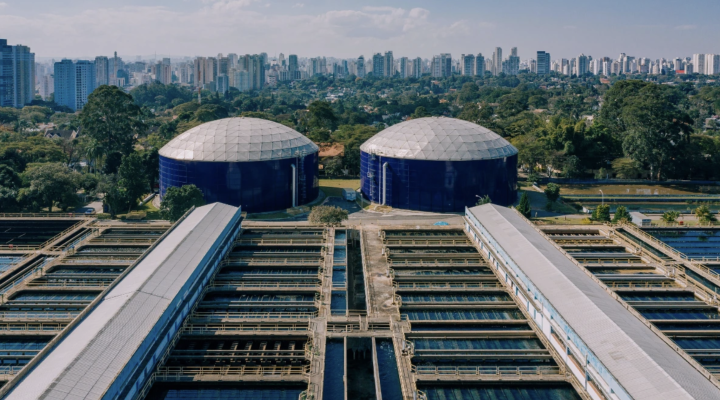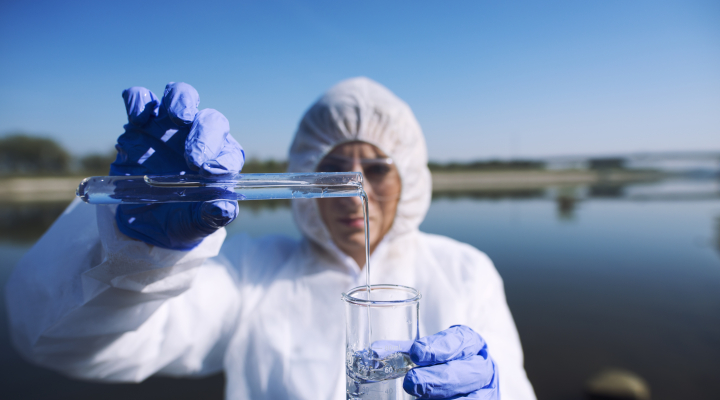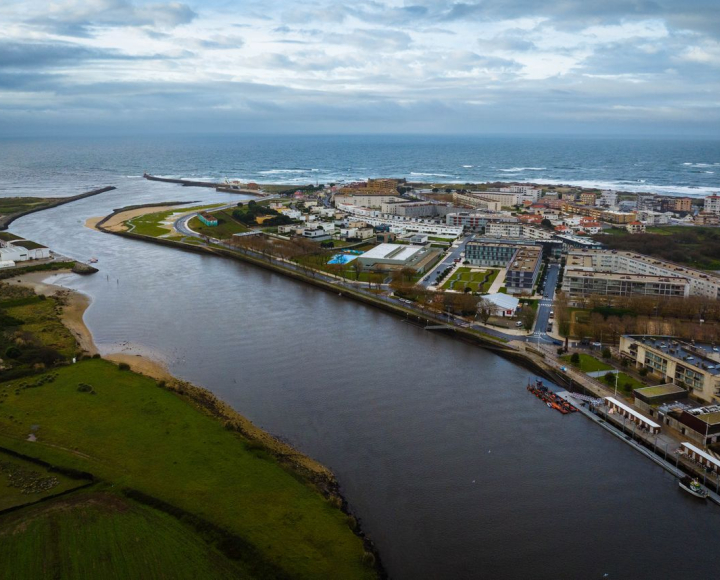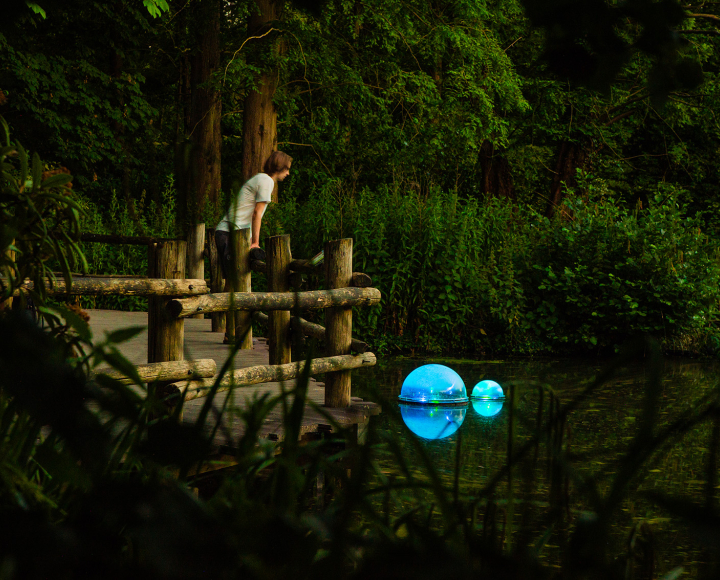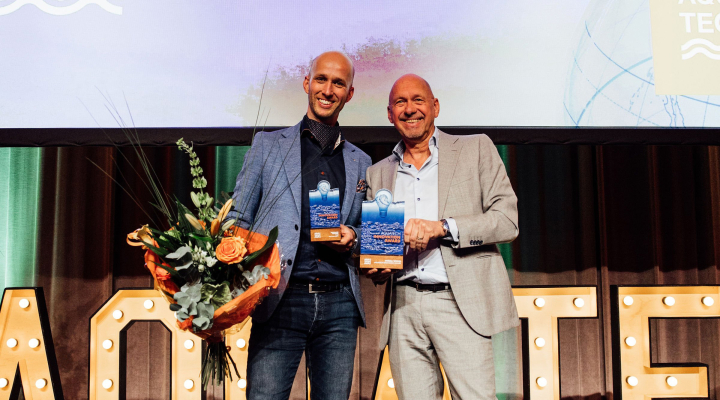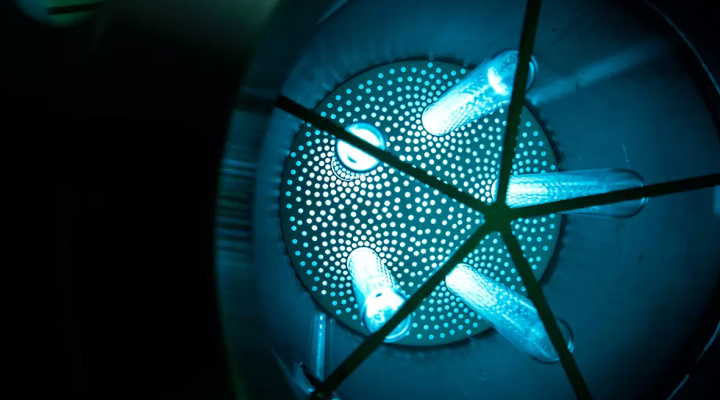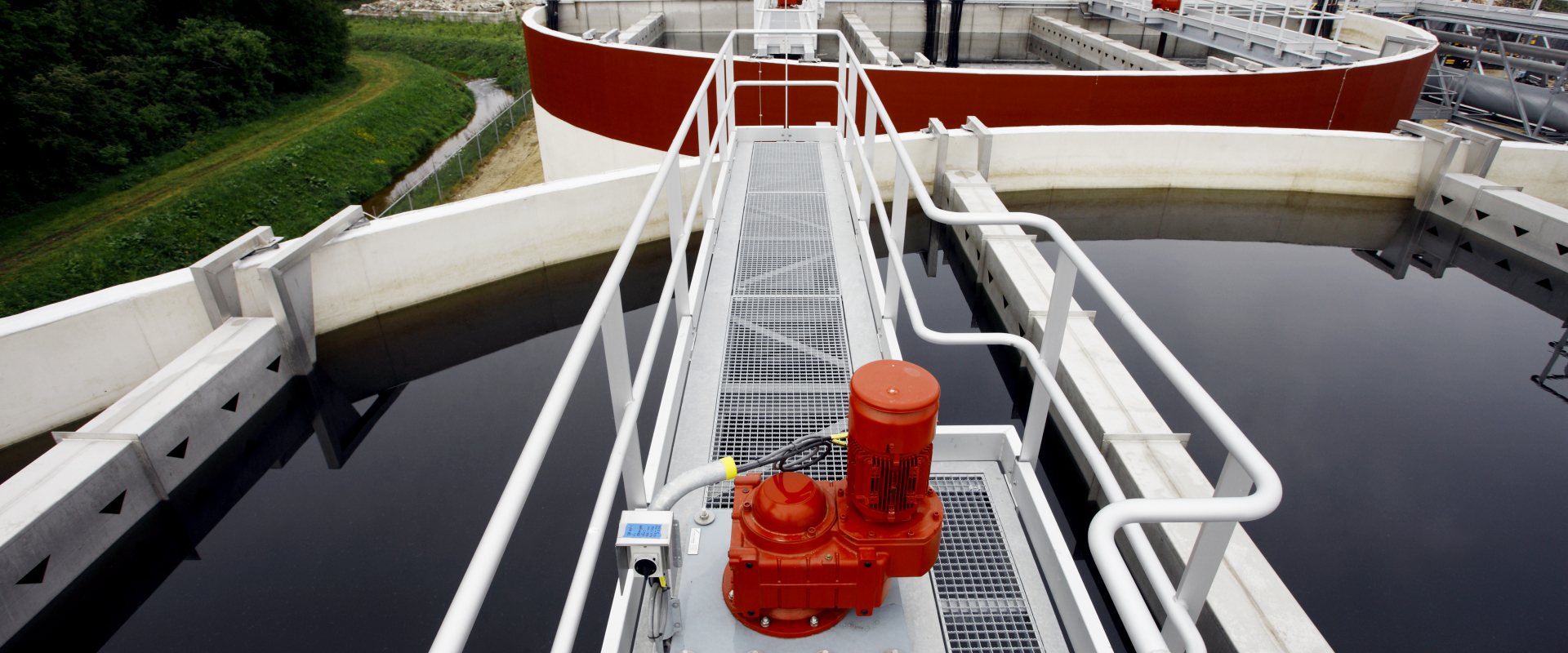
Nereda effluent polishing installation in Hong Kong
Royal HaskoningDHV announced that this year the construction of a Nereda installation will start at waste water treatment plant Yuen Long in Hong Kong.
The Nereda aerobic granular sludge technology will provide operator Drainage Services Department (DSD) an extended polishing treatment to meet stringent discharge requirements.
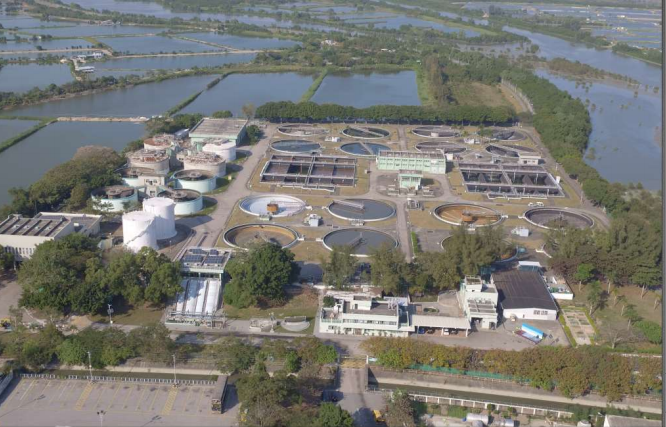

Ecological sensitive bay area
The current Yuen Long plant is a conventional secondary treatment works from the mid 1980s, discharging its treated waste water into Hong Kong’s Inner Deep Bay. This bay includes several ecological sensitive areas such as fish ponds and wetlands. To cater for growth and enhance its environmental performance, the waste water treatment plant (wwtp) needed to be upgraded towards an Effluent Polishing Plant (EPP) with first a daily capacity of 100,000 m3 in phase 1, followed by 180,000 m3 in phase 2.
A key challenge for this expansion was the limited available area of the current site and a phased retrofit without impacting the performance. Additional demands by operator DSD included energy neutrality, renewable energy, co-digestion, CHP and incorporate extensive landscaping features.
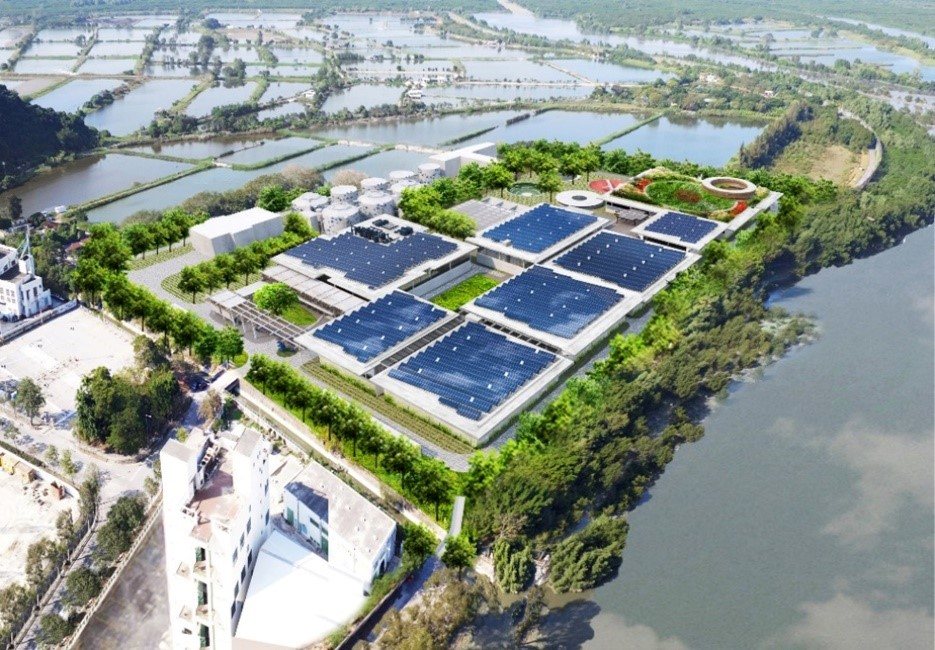

Low nutrient concentrations
The term Effluent Polishing Plant is used in Hong Kong for sewage treatment plants that purify wastewater to the strictest discharge demands and apply tertiary treatment.
For the retrofit of EPP Yuen Long, DSD selected Nereda technology for its ability to purify towards strict phosphate and nitrogen concentrations. An additional advantage of Nereda technology is its small foot print that allows for more new facilities such as solar panels and the education centre, all on the existing site.
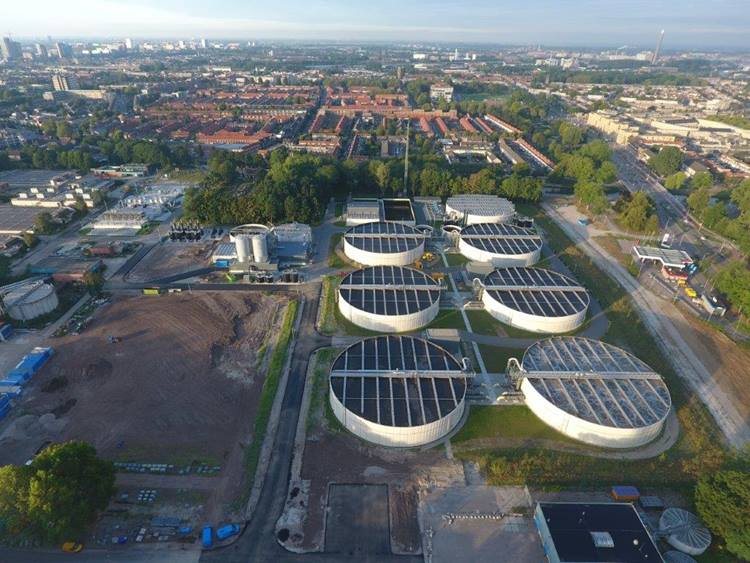

Long construction period
The future EPP-plant will be treating presettled sewage in five Nereda reactors, followed by filtration and UV-disinfection. Nereda sludge is mechanically thickened and, together with thickened primary sludge and food-waste, anaerobically digested.
The construction period is relatively long, as construction needs to happen in multiple stages in which parts of the existing STP are first demolished before construction of new structures can start. The retrofitted plant is scheduled to be fully on-line by 2025.




